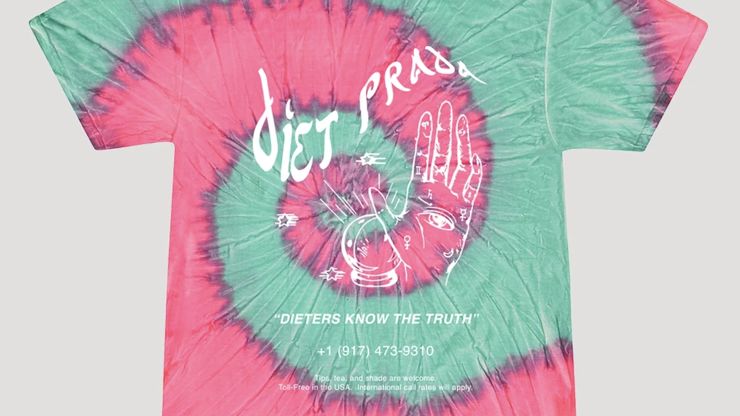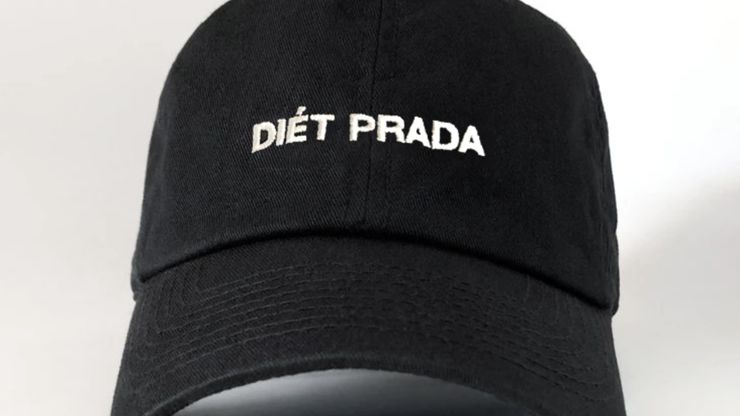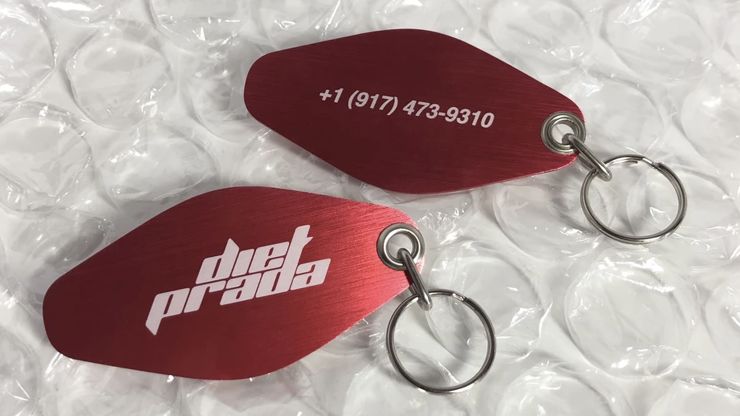How one Instagram account turned fashion upside down
The fashion industry: glitzy, prestigious, and almost never held accountable for its mistakes. At least until Diet Prada came along. The Moon Unit documents the rise of one Instagram account from hobby project to the most important modern critic in the fashion world. But will its newfound power be its downfall?
The closest that most people will ever get to the glamorous world of high fashion is leafing through an issue of Vogue or tuning in to Fashion Week coverage.
It’s an exclusive place, and one where the only opinions that matter are those of a very small group of industry leaders, influencers, and critics. At least that was the case until recently. Meet Diet Prada, the Instagram account holding the fashion world to ransom.
Diet Prada is a fascinating case study on the intersection of journalism, branding and money.
The originally anonymous account (later attributed to New Yorkers Tony Liu and Lindsey Schuyler) was started in late 2014 as a hobby account dedicated to poking fun at fashion copycats. The format is simple: side-by-side images with an ‘original’ look on the left and the supposed ‘rip-off’ on the right. Images are contextualised with an often catty caption, and followers are prompted to share their thoughts in the comment section.

Above: Lindsey Schuyler and Tony Liu flashing Prada labels. Photograph: Camila Falquez.
Diet Prada quickly became notorious for its confrontational, ‘no-bullshit’ approach to calling out rip-offs and slip-ups. The gloriously snarky tone of its posts was a breath of fresh air for fashion journalism, where most established critics and magazines had become too afraid to become involved in controversy for fear of alienating the industry responsible for their paycheque. Diet Prada didn’t have that issue. The anonymous, not-for-profit nature of the account allowed its creators to name and shame without consequence or backlash, which made for plenty of juicy internet drama.
More and more frequently their content brought to light political and social issues within the fashion industry.
Then things suddenly got serious. People recognised the need for accountability in the fashion world, and Diet Prada seemed to be the answer. The popularity of the account exploded and they became to be known as the “most important fashion critic of today.”
As Diet Prada’s following grew, their fan base (known as ‘Dieters’) became more involved in the workings of the account, often doing the detective footwork and sending in submissions for posts. More and more frequently their content brought to light political and social issues within the fashion industry, calling out cultural appropriation, lack of diversity in castings, and abuses of power seemingly all too frequent behind the closed doors of the fashion world. They even began to bring attention to potential shady PR stunts.
View this post on Instagram In @gucci ’s #pluriverse , we control our own identities. However, certain signifiers of identity are better left untouched. While various turban styles have been re-interpreted in fashion since the late 18th century, the four Dastaar that popped up on Gucci’s FW18 runway (on non-Sikh, mostly white models) was one that should have been left on the mood board. There are many ways this disaster could have been averted: • 1: Hire Sikh models. Italy is home to the second largest population in Europe. It would have been a beautiful statement to see Sikhs proudly representing their religion on one of fashion’s most major runways. • 2: Do a fashion turban instead - Marc and Miuccia have shown gorgeous interpretations of 40’s/70's glamour that don’t read as sacred religious headwear. • 3: Just don’t do it. While we’re not against looking to other cultures for inspiration, please remember the threat, assault, and persecution that these people face worldwide and the right they have to have to practice their beliefs in public. #sikh #dastaar #gucci #pluriverse #cyborg #turban #religion #culturalappropriation A post shared by Diet Prada ™ (@diet_prada) on Feb 23, 2018 at 4:54am PST
Above: Diet Prada called out Gucci for cultural appropriation in 2018.
Soon enough their following, which currently sits at 1.5 million, grew too large to ignore. Diet Prada became a kind of de facto industry watchdog, one with the power to make A-list celebrities publicly apologise and get entire fashion shows cancelled. As noted by a Jezebel article, "perhaps the most significant indicator that the fashion press needs a serious overhaul is the fact that an Instagram account broke one of the biggest stories last year".
One of the side-effects of the ‘call-out culture’ that Diet Prada embodies is that the truth of a post has no effect on its consequences.
While it’s unsurprising that an industry that revolves around looks can be catty and cutthroat, the genuinely unexpected development was that the public – who were historically kept at arms-length from having their opinions acknowledged – would be the ones to use these traits as a tool to keep it in check.
It’s clear that the fashion news system is sorely outdated, but it remains questionable whether Diet Prada is really the protagonist that it has been lauded to be. Several commentators have expressed concerns with the validity of their posts due to the fact that anybody can submit content to them, and it’s up to Liu and Schuyler to decide how thoroughly to fact check those claims.
Perhaps the biggest question about Diet Prada today is whether or not they’ve ‘sold out’.
One of the side-effects of the ‘call-out culture’ that Diet Prada embodies is that the truth of a post has no effect on its consequences: once a post is published to an audience of millions of followers it gains a life-force of its own, and it can break the livelihoods of people or whole companies regardless of reality. However, more often than not, Diet Prada seem to acknowledge the responsibility that comes with their newfound power.
Above: Diet Prada merchandise.
Other detractors have picked up on the irony of the way the account has monetised itself. Diet Prada began to sell merchandise, some pieces of which parody elements, such as logos, of the brands that they have clashed with in the past. Despite the fact that some believe it to be illegal under copyright law, the same people have noted that brands might potentially be too scared to send a cease-and-desist letter because Diet Prada could post it and ignite a feeding frenzy from their followers.
Diet Prada’s future as an objective critic is uncertain.
But perhaps the biggest question about Diet Prada today is whether or not they’ve ‘sold out’. It was a topic among fans as far back as 2017, when Diet Prada partnered with Gucci to curate their Instagram account for a short time, and it has only become more relevant since. In an email interview with the New York Times, the pair behind the account shrugged off accusations of split interest, stating that if they “were ‘beholden’ to advertisers, the content you’d be seeing on Diet Prada would be completely different. It’s a very old-school mentality that you can’t be critical of brands when you’re working with them. We’re the little guys".
It’s no secret that since their identity reveal Liu and Schuyler have been accepted into the walled garden of high fashion.
How much truth is in that statement? It’s hard to say, but the power to frighten the legal teams of major fashion labels is a sure step away from the underdog image that they still try to cultivate. It might have been true back in the days of anonymity, but Diet Prada’s future as an objective critic is uncertain. In April a post went up on their account saying that they were going to auction it on ebay for a price tag of $8 million. Naturally it attracted the furore of their fans. However, it turned out just to be a well-conceived April Fool’s joke, but one that only went down so well because of the faint trace of truth in it.
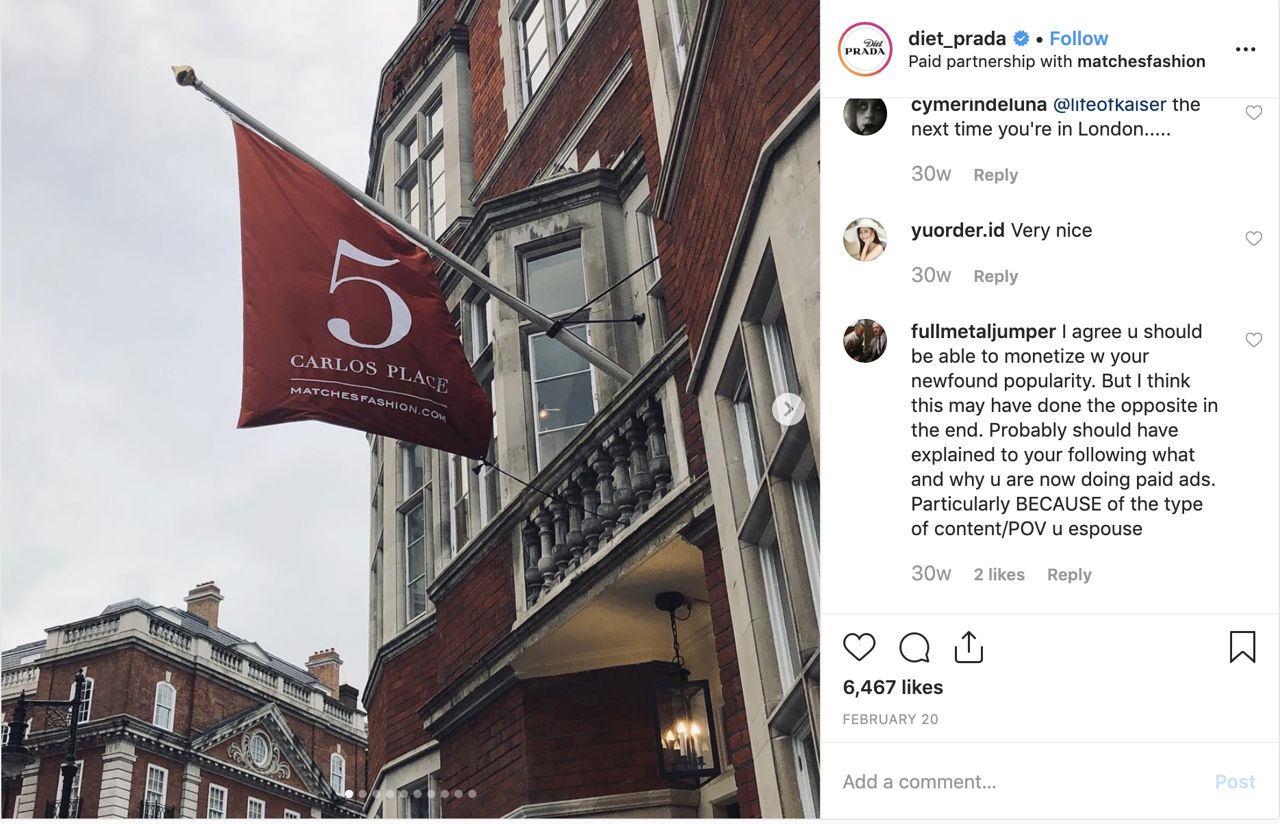
Above: An example of a Diet Prada paid for native ad.
It’s no secret that since their identity reveal Liu and Schuyler have been accepted into the walled garden of high fashion. They’ve been flown around and gifted front row seats and backstage passes to some of the most exclusive fashion events on the globe, leading many to question what deals have been made behind the scenes.
Running the account has likely become a full-time job for the pair, so it’s only fair that it should pay too.
What is present in the public eye are the paid native ads that have since appeared on Diet Prada, as well as their apparent inaction when their namesake brand had to publicly apologise for a racist misstep late last year. In the NYT interview mentioned above, the pair suspiciously stopped replying to emails when questioned about this. Moves like that make it very hard not to question the price behind the amount of ‘free’ advertising Prada have garnered from them.
Tinfoil hat territory aside, Diet Prada is a fascinating case study on the intersection of journalism, branding and money. And as for the brands that they’ve taken down? Well, it all depends on how they’ve reacted. Some have taken it in stride and earned kudos for it. Some have tried (and failed) to clap back at Diet Prada. Most just make the wise decision to stay silent. Even so, the old adage ‘bad publicity is still publicity’ rings true when sifting through the comments on even the most shocking of their posts, and often a smart PR team will flip such situations into being beneficial for a brand.
It remains to be seen whether Diet Prada will stay an objective voice of reason in the fashion industry, or if they will succumb to the same issues that have blunted the voices of so many before them.
Running the account has likely become a full-time job for the pair, so it’s only fair that it should pay too. How – and if – they achieve that while staying independent of exterior influence will be interesting to see, particularly without enraging their judgement oriented audience. It remains to be seen whether Diet Prada will stay an objective voice of reason in the fashion industry, or if they will succumb to the same issues that have blunted the voices of so many before them.
What is clear is that Diet Prada is at a crossroads, and some might say their path is already decided.
)

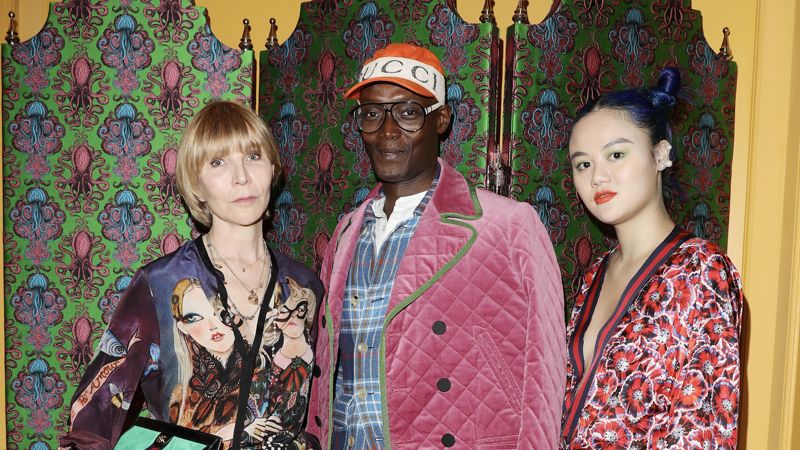


 + membership
+ membership





